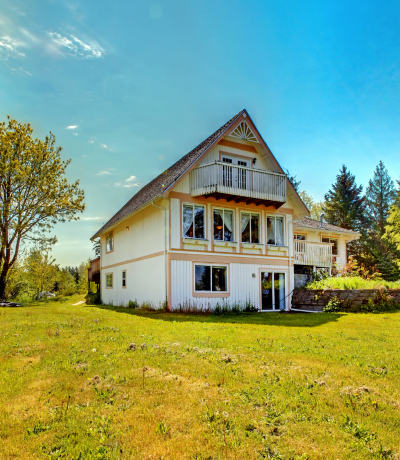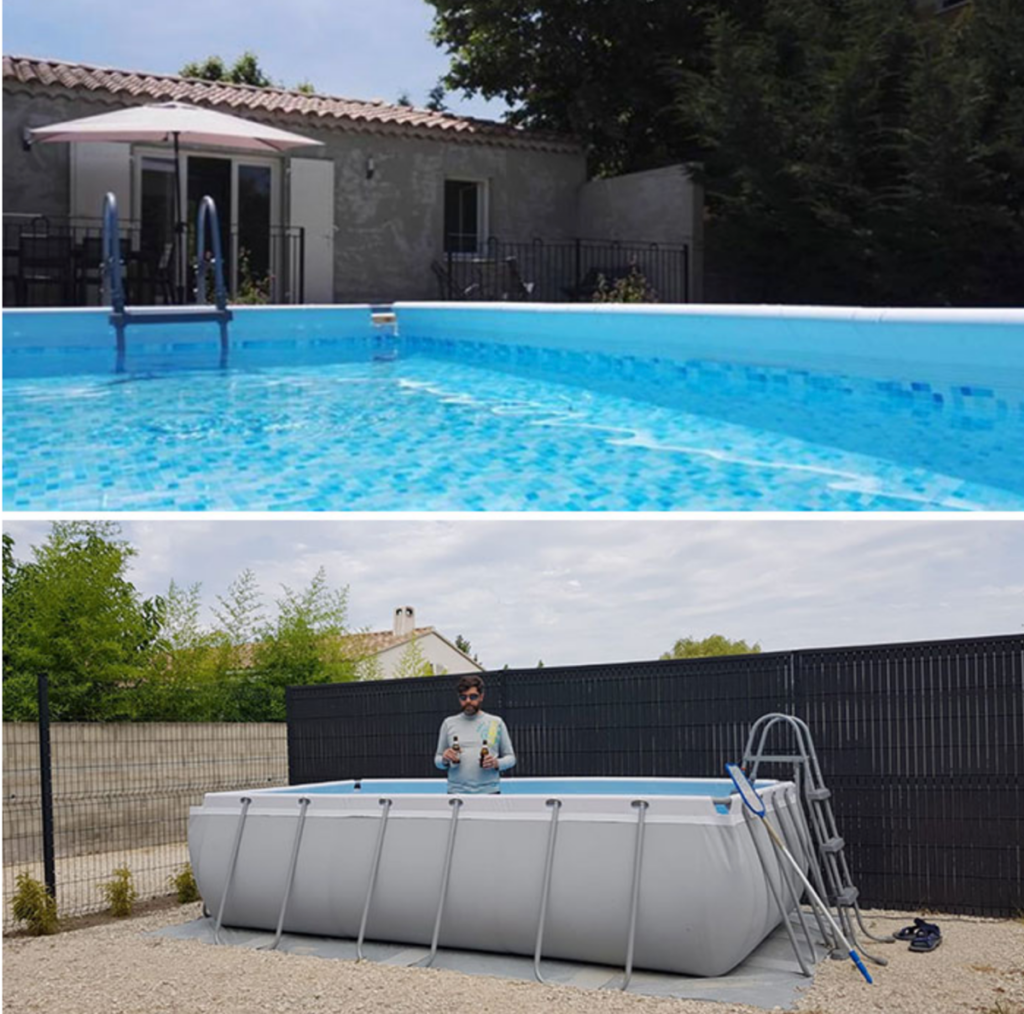How to Spot a Vacation Rental That Will Ruin Your Trip
22 April 2023
It’s become easier than ever for homeowners to turn properties they own into easy rental cash. This surge of rental properties makes it even harder for travelers to avoid a rental nightmare.
From ![]() bug infestations to roof leaks to no electricity, there’s no end to the kinds of things that can go wrong with a vacation rental. Beyond the disgusting and uncomfortable are horror stories of
bug infestations to roof leaks to no electricity, there’s no end to the kinds of things that can go wrong with a vacation rental. Beyond the disgusting and uncomfortable are horror stories of ![]() rape and
rape and ![]() death that can make you want to stay home and never travel again.
death that can make you want to stay home and never travel again.
The vacation rental market is a $100 billion industry and growing, yet professional property managers represent a mere 1% of vacation rental hosts. The typical vacation rental owner isn’t equipped with maintenance staff or the ability to find a disappointed renter another place to stay if something goes wrong the way a hotel can.
Some problems like ![]() leaking showers and smelly mattresses you can’t know until you arrive, but there are signs you can watch out for before you plunk down your credit card.
leaking showers and smelly mattresses you can’t know until you arrive, but there are signs you can watch out for before you plunk down your credit card.

1. A killer deal is a red flag
Don’t be fooled by a low price, especially when the surrounding properties are significantly higher. A too-low price should be treated as a red flag because, of course, you get what you pay for.
A low-priced rental deal is usually a sign that the property owner is fishing for gullible renters.
2. No customer reviews
We’ve all become a little ![]() suspicious of reviews lately, but you have some protection when it comes to vacation rentals. To leave a review, a traveler has to rent the property.
suspicious of reviews lately, but you have some protection when it comes to vacation rentals. To leave a review, a traveler has to rent the property.
Don’t even think about renting a property—even if it’s a new listing—if there are no customer reviews. Take the time to read a lot of the reviews, especially the most recent ones.
Even if the property owner has a poor review or two, read their responses to see how they treat their renters. No response to bad reviews? Don’t rent that property. The owner doesn’t care.
3. Lying photographs

Scrutinize the property’s photos and look at every single one. Wide-angle lenses can make a tiny place look enormous, for example.
Watch for inconsistencies in the photographs or any obvious signs that the photo has been edited or manipulated.
If there are rooms without photos, that’s also a warning sign. (I once noticed a rental had the same bedroom setup for all four bedrooms – only the bedding was changed. That was suspicious to me.)
If there’s no picture of the kitchen, that could mean it’s outdated or just plain awful. If you’re planning to cook there, you’ll want to know that.
4. Lazy or incommunicative owner
Always reach out to the owner before renting. If they’re slow or unresponsive to your queries before you rent, they’ll be incommunicative when there are problems too.
Watch out for owners that refuse to respond through the rental site. For example, if they will only communicate with you through a separate app or by text message – that’s a sign that they are avoiding a digital paper trail.
5. Location, location, location
When renting a vacation property online, especially in an unfamiliar place, research the location carefully. This gets tricky because third-party rental sites like VRBO and Airbnb don’t give you the exact address until after booking, but they do show you a map.
Zoom in on that map and find a nearby property. Open a second browser window to look at the street view or Google Earth. This will tell you whether the surrounding area is safe (no bars on the windows is a good sign) or whether there’s a creepy dump next door, for example.
What to do if your vacation rental is a disaster
Don’t wait until you get home to say something. You have a limited amount of time from check-in or when the problem occurred to file a claim.
Step one is to contact the owner or property manager immediately. In most cases, they will try to fix the problem.
Step two is to contact the rental platform for assistance:
 VRBO’s book with confidence guarantee says to contact them within 24 hours of check-in or when the problem occurred.
VRBO’s book with confidence guarantee says to contact them within 24 hours of check-in or when the problem occurred. AirBnB’s rebooking and refund policy gives you 72 hours to make a claim.
AirBnB’s rebooking and refund policy gives you 72 hours to make a claim.
Make sure to document the problem with photos and/or video. Most vacation rental platforms won’t rebook you until you’ve given the owner a day or two to address the problems. If you ask for a refund and it’s not forthcoming, you’ll need the evidence to make a claim with your credit card company.
Related topics
Damian Tysdal is the founder of CoverTrip, and is a licensed agent for travel insurance (MA 1883287). He believes travel insurance should be easier to understand, and started the first travel insurance blog in 2006.
